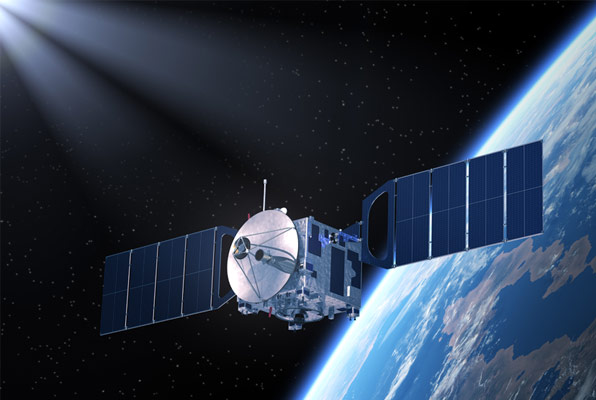Cable/Satellite Descrambling

There was once a time when I made a cable descrambler that defeated the ever popular SSAVI (Suppressd Sync and Active Video Inversion) cable scrambling technique, using a circuit originally designed and made popular by Rudolf F. Graf and William Sheets. The circuit essentially created a blank video frame that was in sync with the time-base of the original video feed and dropped the video of the scrambled feed on top of it. It didn't produce a perfect picture. On a scale of 10, it had maybe a quality of 8. But it worked well and in the city I lived at the time gave access to every premium and pay-per-view channel in existence on their cable system.

The circuit board featured in this picture was that circuit. But unfortunately, times change. Nowadays, video feeds are digital and are really scrambled with actual encryption techniques. And it's no longer so easy to descramble them as we did in the old days. I never did get around to fully documenting the work I did in this field. Most of what you find here on my website is the even older technology of notch filters, which preceded SSAVI. And that's because I moved to a smaller town at the time, which still had some of the older notch filter technology, and I lost access to SSAVI feeds.
That is the problem with small towns. They are faster to change technology because there are less customers involved and is an overall lower expense for the cable companies. So, they jump from notch filters, which they used because they only had a few premium channels to start with, straight to digital and mostly skip the SSAVI era. Large cities originally adopted the SSAVI scrambling methods, as it was more cost-effective if you had a lot of channels to scramble (as the large cities usually had), but they also kept the SSAVI around longer and were slower to move to digital because they had many more customers and the change was quite expensive. For me, it was a hacker's paradise.
I often miss those days of experimenting with NTSC video and SSAVI descrambling. But, c'est la vie. Since everything is mostly digital these days, the information here is mostly antiquated and of little value anymore. But I keep it here primarily for posterity.
|


